Tate Modern honours the genius of Georgia O'Keeffe
As the much-anticipated exhibition opens in London, assistant curator Hannah Johnston celebrates the breadth of the artist's work
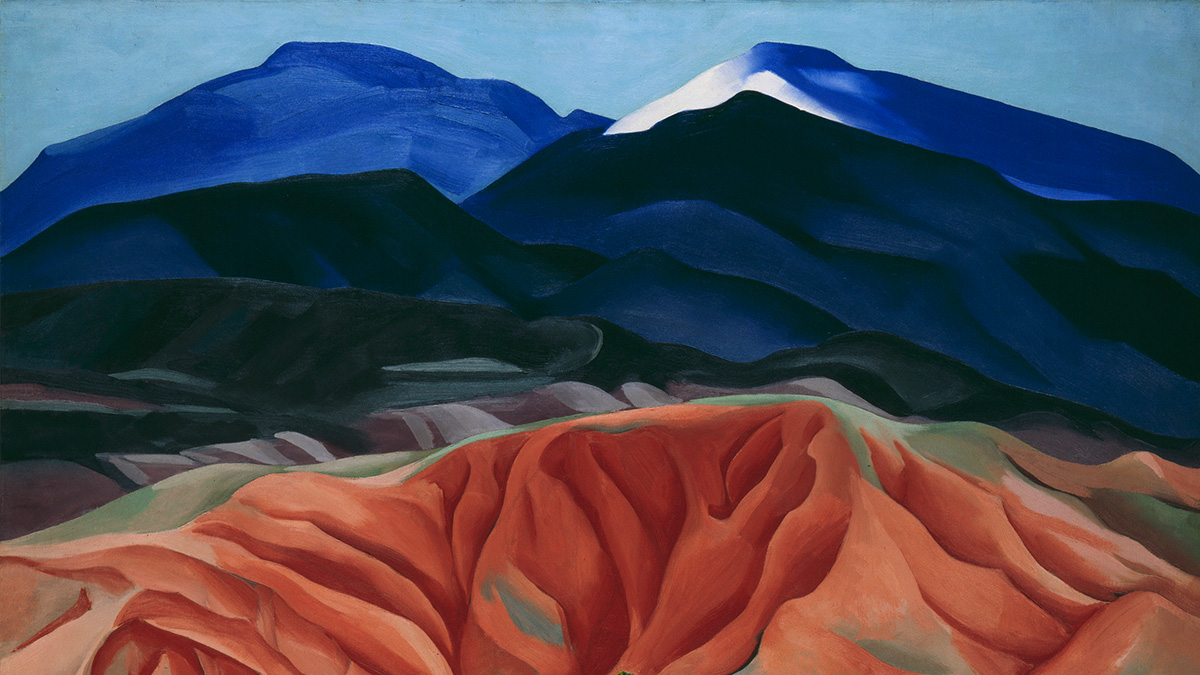
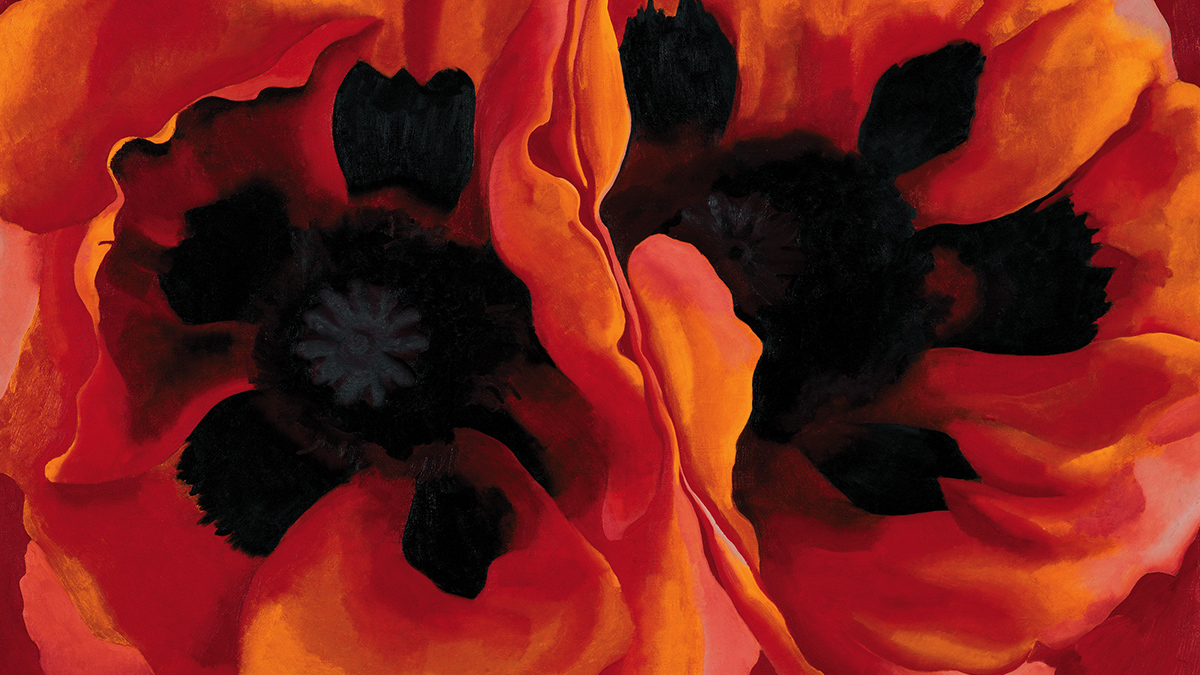
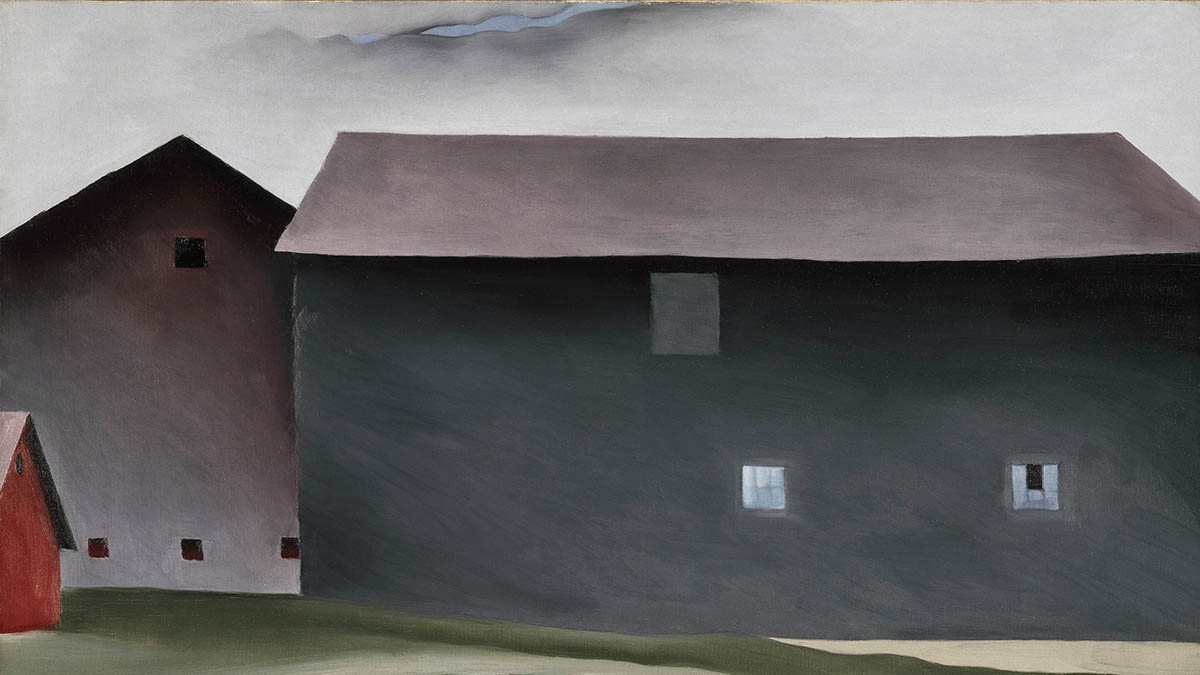
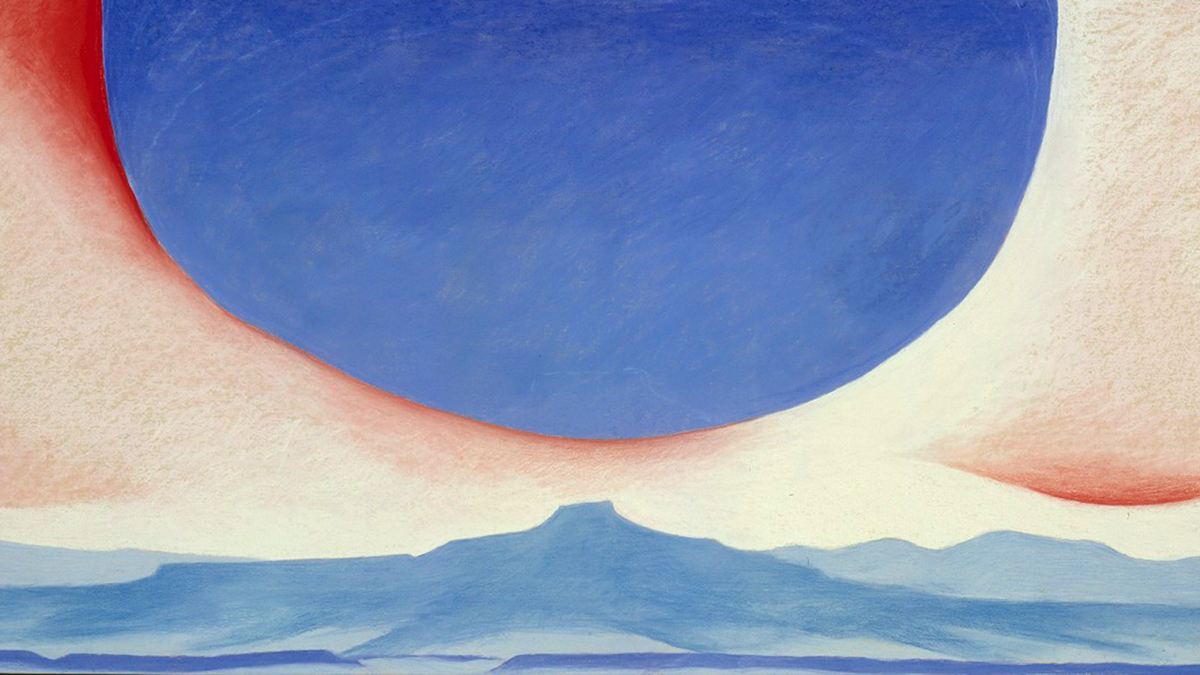
This year marks a century since Georgia O'Keeffe's first exhibition and we want people to discover the diversity of her oeuvre. She had an incredibly long and illustrious career from the 1910s through to the 1980s, but we've focused on her six most productive decades, from the 1910s to the 1960s.
Her professional debut was in 1916, when she exhibited at 291 on Fifth Avenue in New York, a gallery owned by photographer Alfred Stieglitz, whom she later married. Her early works in charcoal, watercolour and oil explore her fascination with synaesthesia and translate musical compositions into abstract, visual forms.

She first began painting her iconic flowers in the early 1920s, when Stieglitz and others in his circle used Freudian readings to interpret her early abstractions in very gendered terms. They saw her work as an expression of her sexuality, even though she strongly refuted this throughout her life. I think O'Keeffe took issue with the view that, in the eye of the male critic, her work was that of a woman artist. She fundamentally disagreed with this as she wanted to be regarded as a painter, not a woman painter.
The Week
Escape your echo chamber. Get the facts behind the news, plus analysis from multiple perspectives.

Sign up for The Week's Free Newsletters
From our morning news briefing to a weekly Good News Newsletter, get the best of The Week delivered directly to your inbox.
From our morning news briefing to a weekly Good News Newsletter, get the best of The Week delivered directly to your inbox.
Dismissing the erotic interpretations others read into her work, she turned to recognisable subject matter, painting flowers in such detail and large enough so even busy New Yorkers would stop and take notice of them.
While she's most renowned for her flower paintings, she's also a landscape painter and we see how her work took a new direction when she accepted an invitation in 1929 from art patron and socialite Mabel Dodge Luhan to visit Taos in New Mexico.

O'Keeffe wanted a change of scenery from Lake George in New York, where she and Stieglitz usually spent their summers. She'd first seen New Mexico on holiday with her sister Claudia in 1917, when their train had been rerouted, and she was captivated by the intensity of the stark surrounds.
Her first home in New Mexico was at Ghost Ranch – a dude ranch where wealthy tourists could experience the Wild West. She had no interest in the ranch, but she bought a mud-brick-built adobe house on the site and painted the views from her windows.
A free daily email with the biggest news stories of the day – and the best features from TheWeek.com

O'Keeffe used everything that was available to her in her environment in New Mexico. When the state suffered a particularly bad drought in 1930, which caused the starvation of many animals, she collected skeletons and painted bones instead of flowers. She didn't associate the bones with death, but saw them as beautiful objects in their own right.
She also painted Kachina dolls - decorated figures carved from wood and moulded in clay. These votive objects play an important role in the ceremonies and rituals of Native American communities and were a way for the artist to capture the spirit of the country around her.
We're very excited to be displaying a broad range of O'Keeffe's lesser-known works at Tate Modern, thus dispelling cliches and showing that her work is much more than the flowers for which she is best known.
HANNAH JOHNSTON is the assistant curator of international art at Tate Modern. Although her focus is North American acquisitions, she also works on major exhibitions and displays staged from Tate's permanent collection.
The Georgia O'Keeffe exhibition is on at Tate Modern until 30 October; tate.org.uk
-
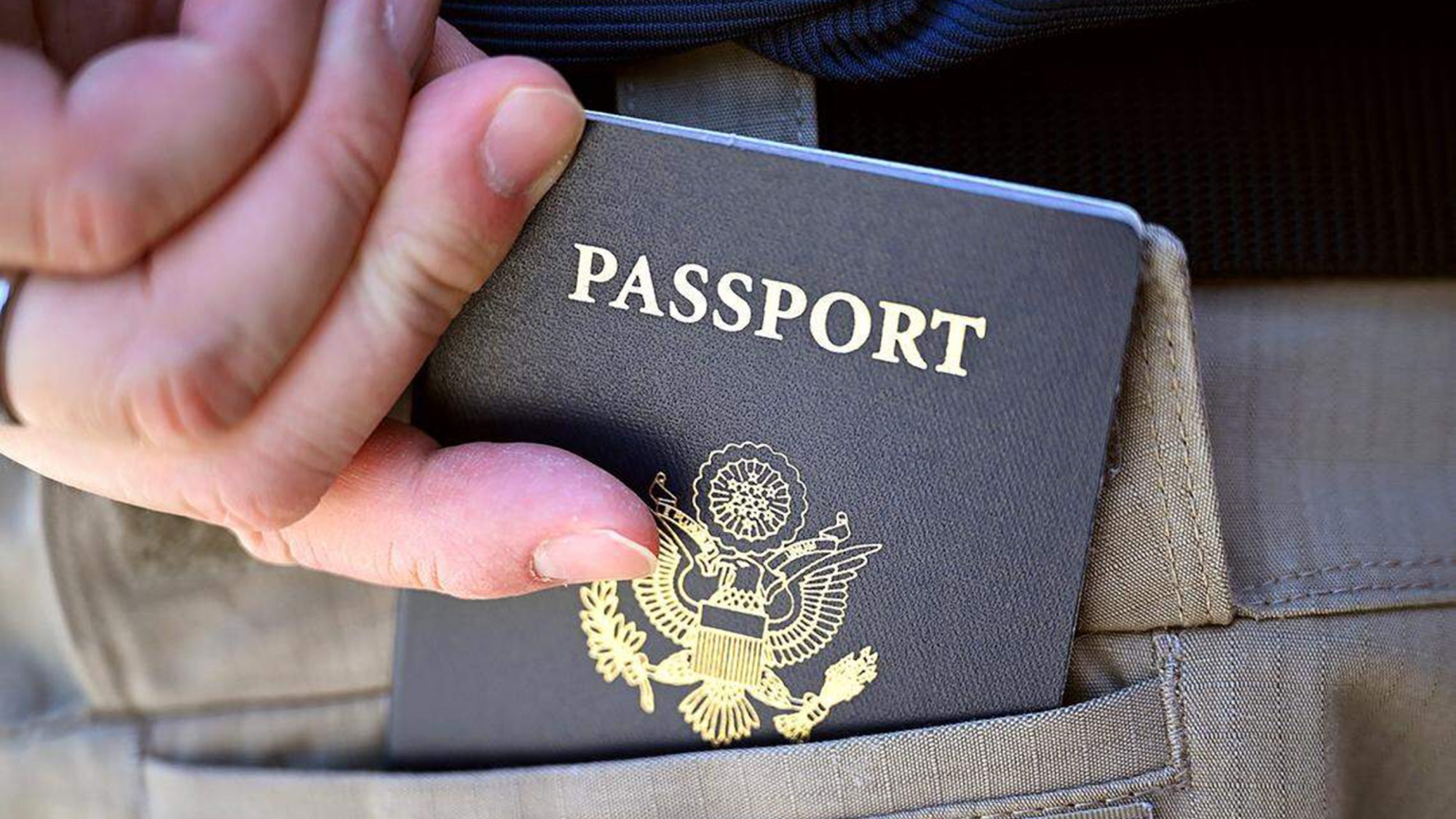 US citizens are carrying passports amid ICE fears
US citizens are carrying passports amid ICE fearsThe Explainer ‘You do what you have to do to avoid problems,’ one person told The Guardian
-
 All roads to Ukraine-Russia peace run through Donetsk
All roads to Ukraine-Russia peace run through DonetskIN THE SPOTLIGHT Volodymyr Zelenskyy is floating a major concession on one of the thorniest issues in the complex negotiations between Ukraine and Russia
-
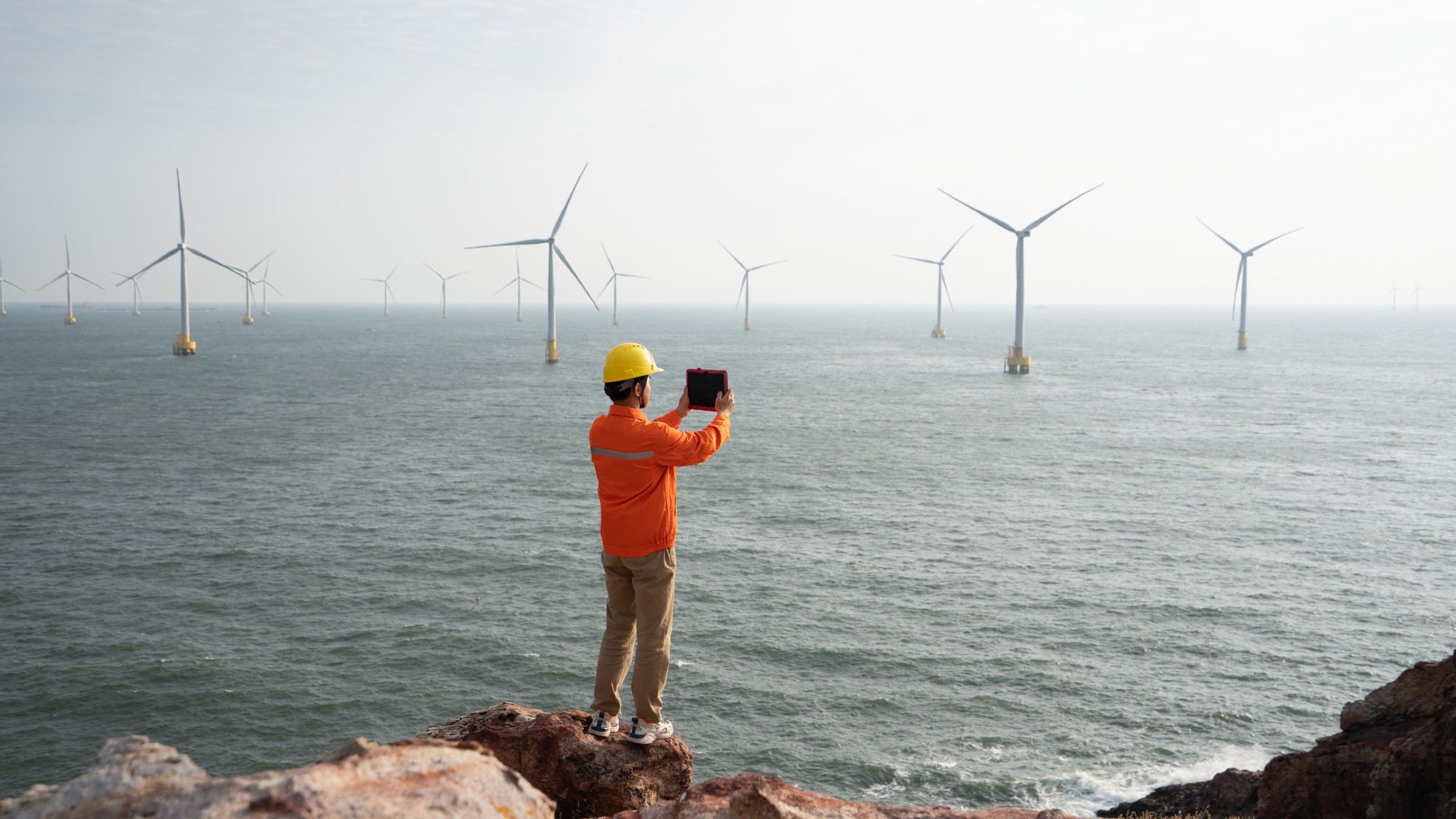 Why is Trump killing off clean energy?
Why is Trump killing off clean energy?Today's Big Question The president halts offshore wind farm construction
-
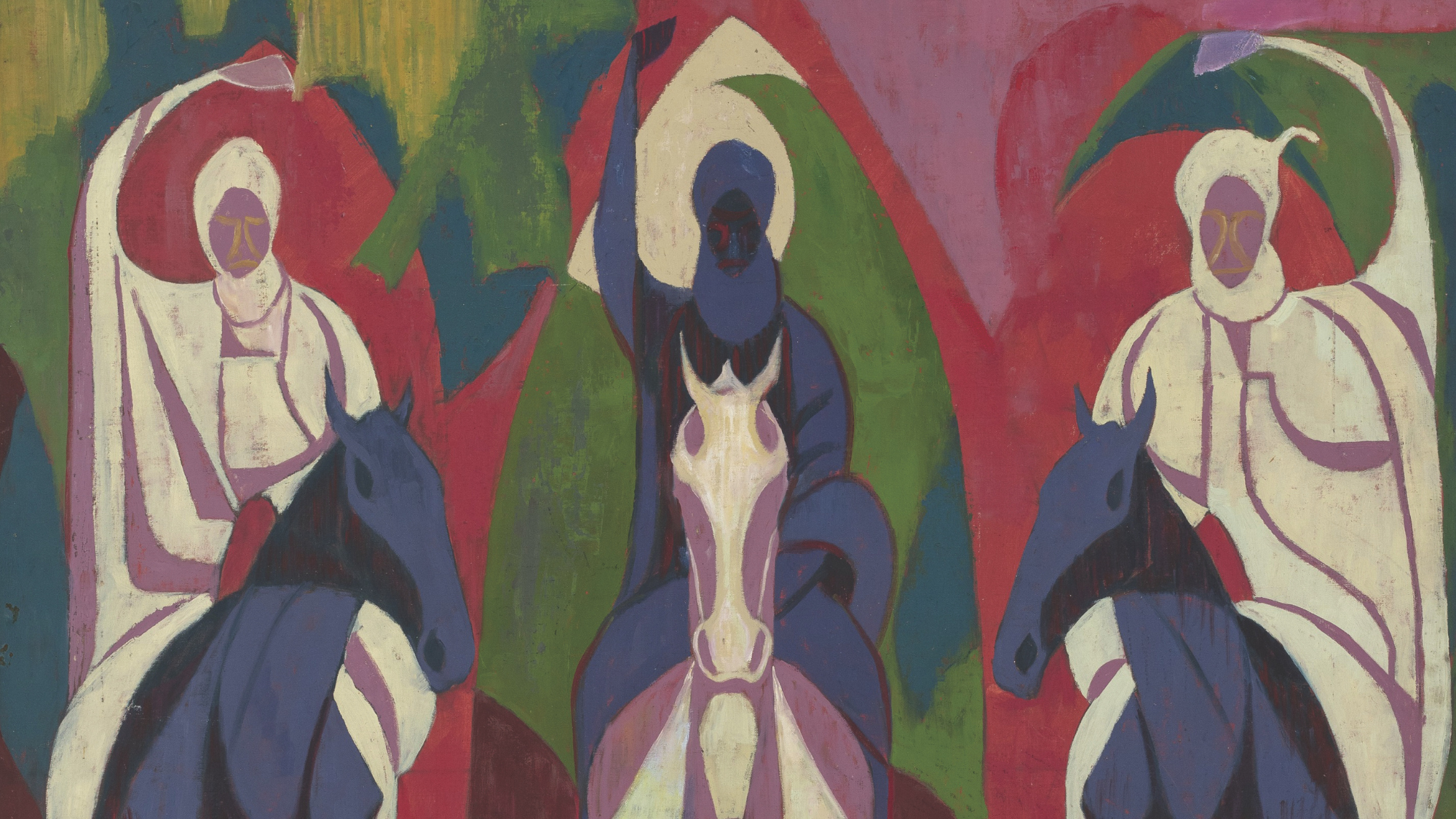 Nigerian Modernism: an ‘entrancing, enlightening exhibition’
Nigerian Modernism: an ‘entrancing, enlightening exhibition’The Week Recommends Tate Modern’s ‘revelatory’ show includes 250 works examining Nigerian art pre- and post independence
-
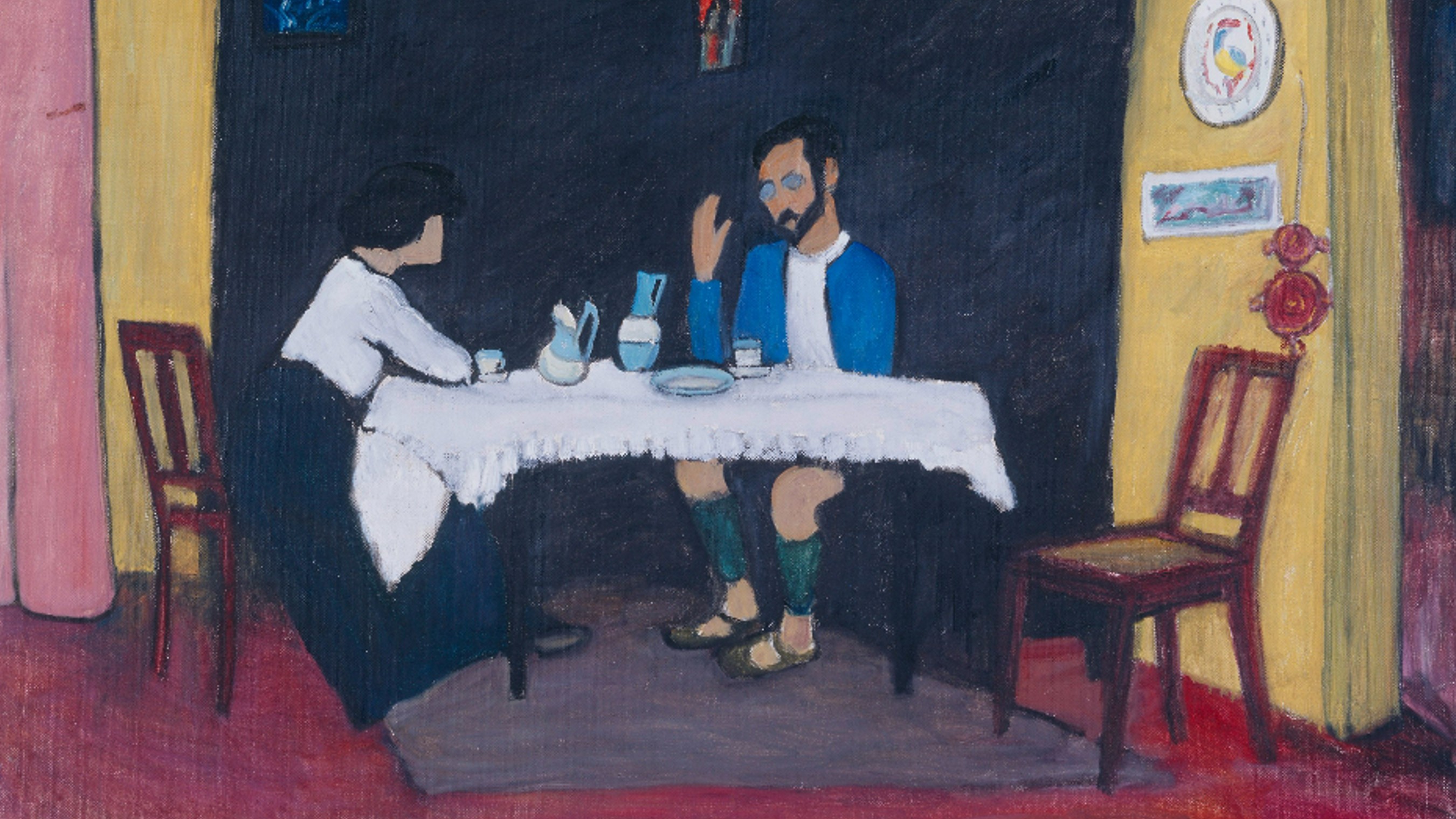 Expressionists: a 'rousing' exhibition at the Tate Modern
Expressionists: a 'rousing' exhibition at the Tate ModernThe Week Recommends Show mixes 'ferociously glowing masterpieces' from Kandinsky with less well-known artwork
-
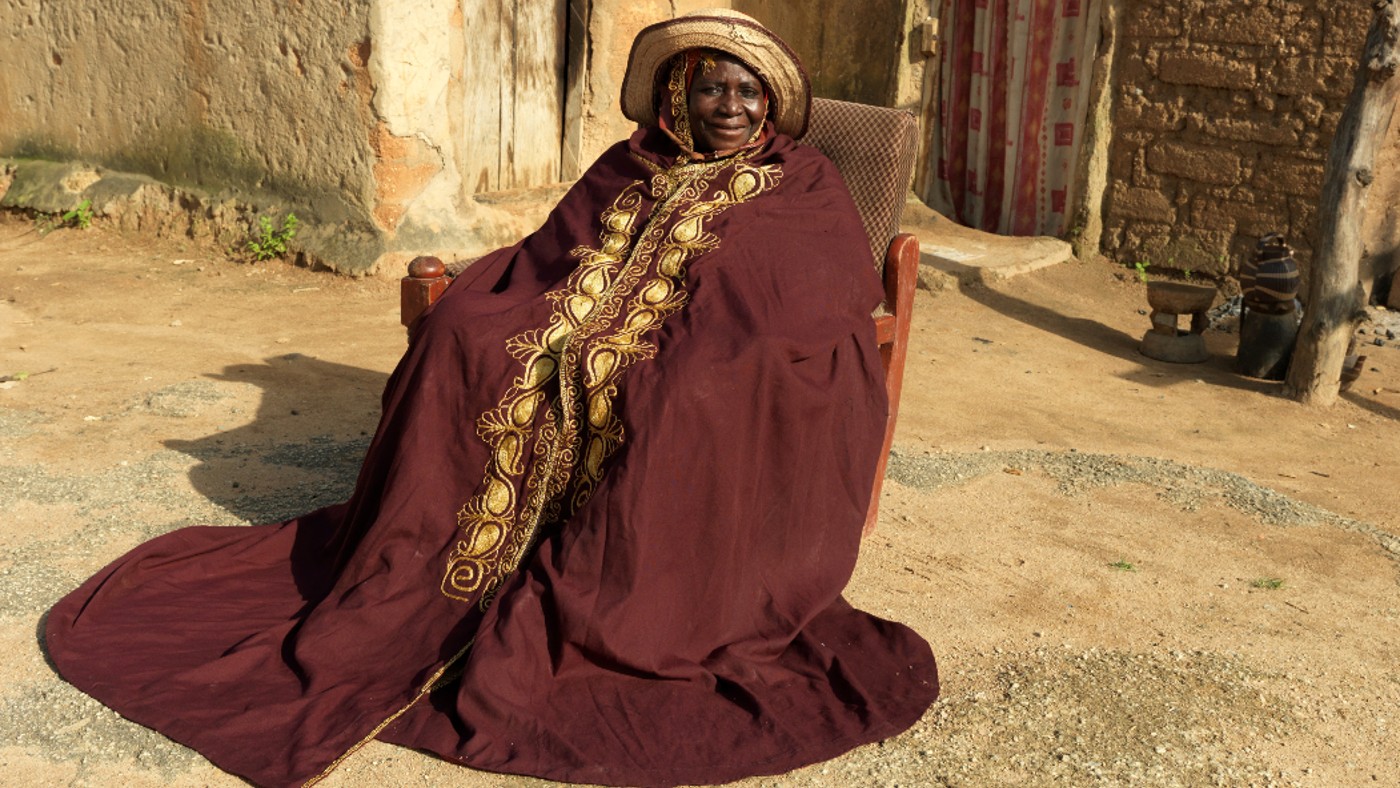 Tate Modern: A World in Common
Tate Modern: A World in CommonThe Week Recommends An ‘abbreviated’ but ‘compelling’ show of works from 36 African photographers
-
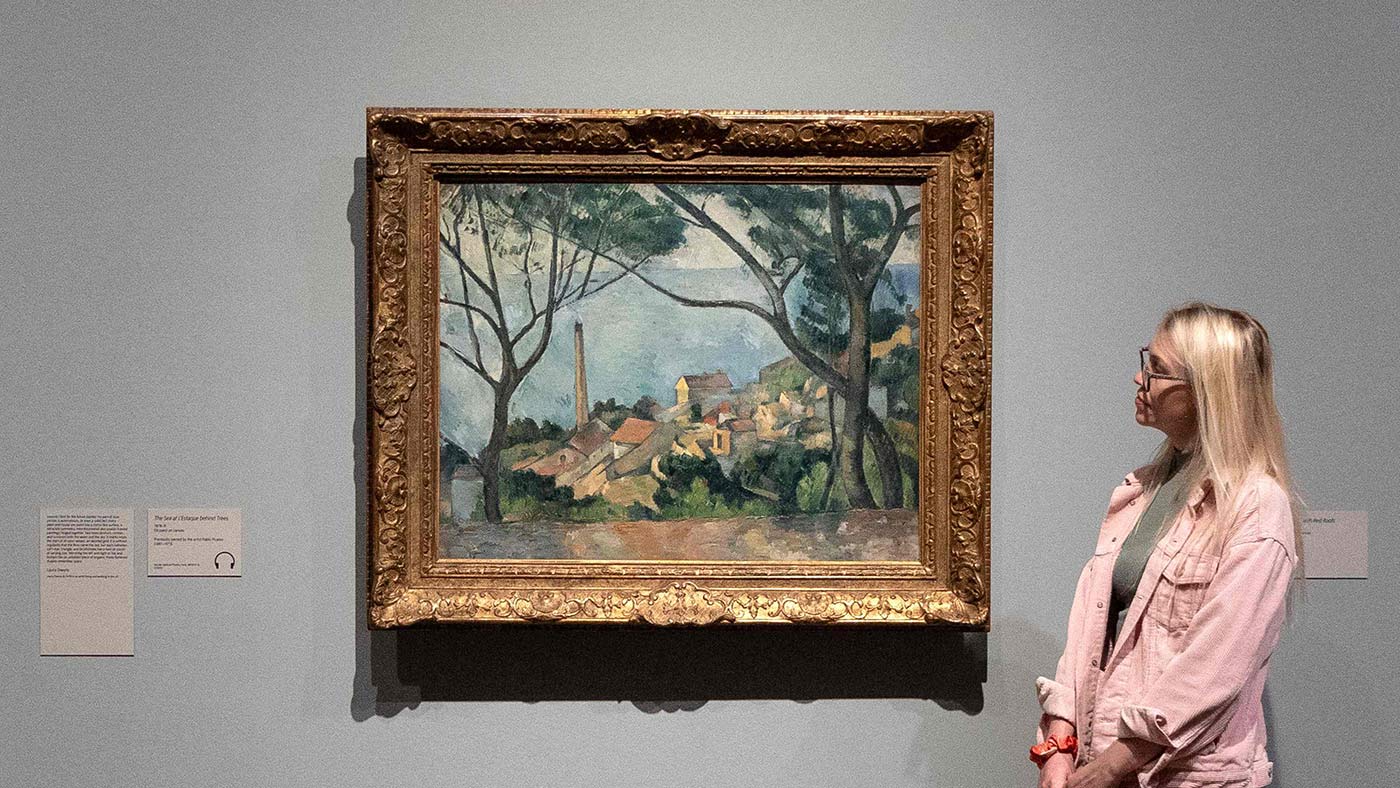 Cézanne at the Tate Modern: ‘breathtaking’ and ‘hypnotically absorbing’
Cézanne at the Tate Modern: ‘breathtaking’ and ‘hypnotically absorbing’The Week Recommends This ‘nigh-on note-perfect’ exhibition demonstrates how the painter turned art on its head
-
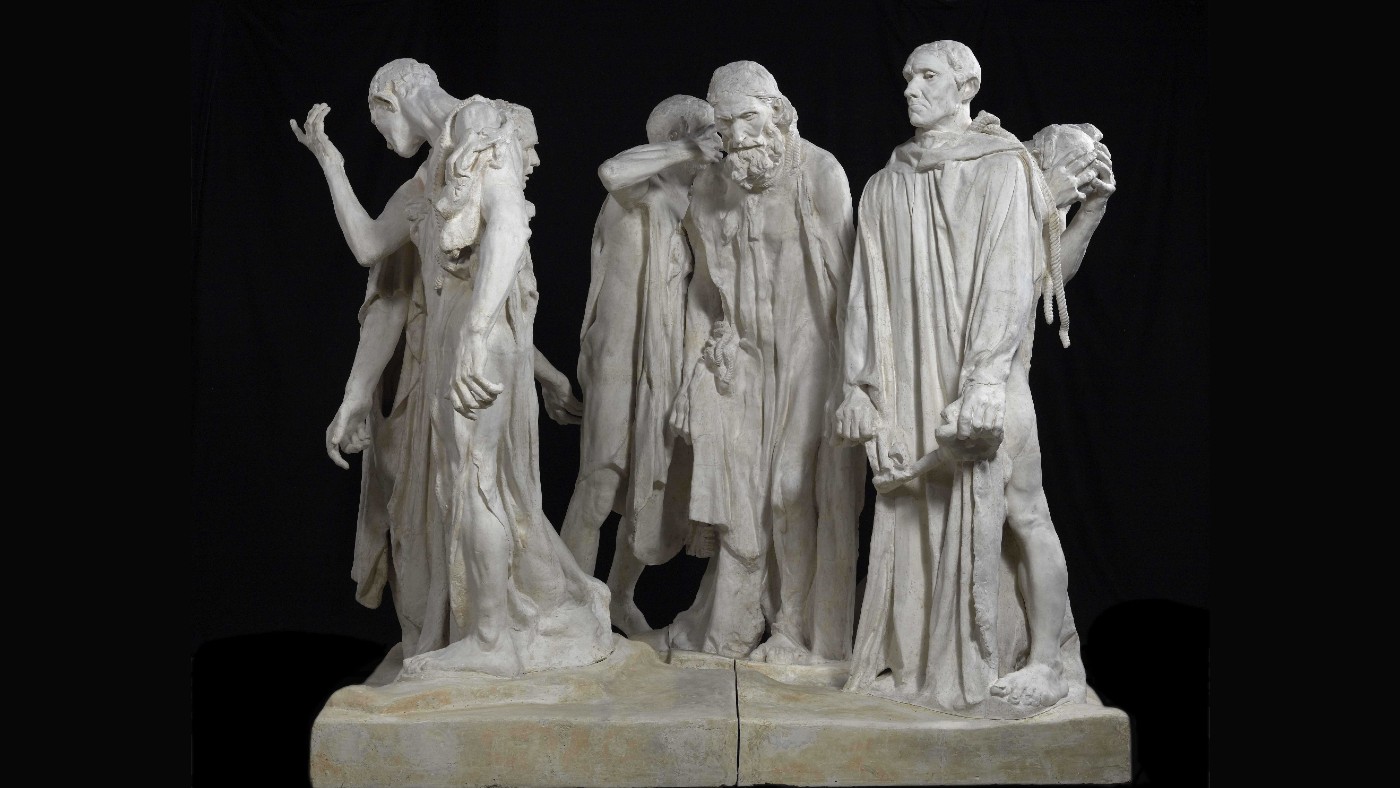 Exhibition of the week: The Making of Rodin
Exhibition of the week: The Making of RodinThe Week Recommends For all its strengths, the show is let down by a needlessly ‘censorious’ attitude towards its subject
-
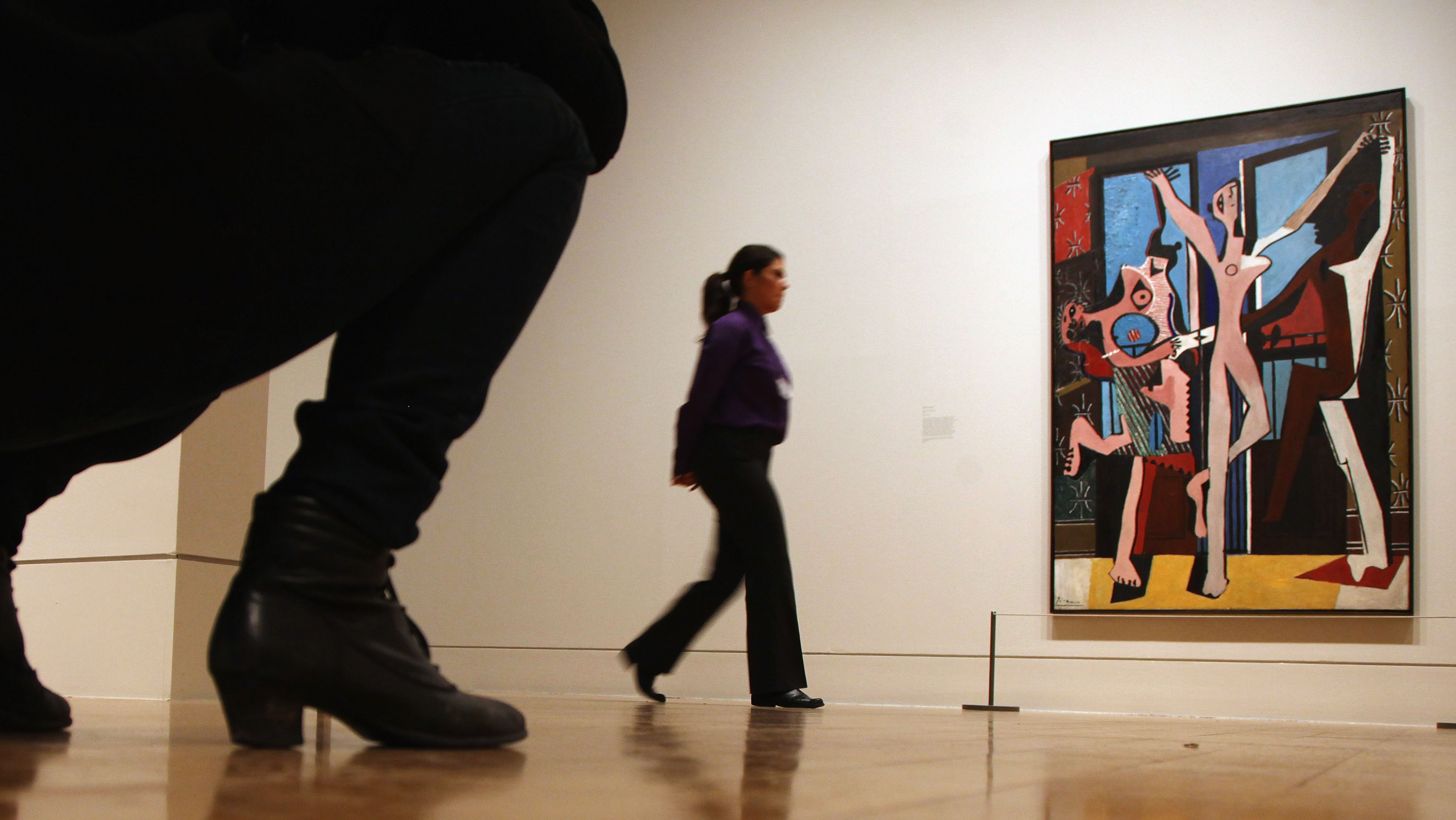 Ten most visited attractions in the UK
Ten most visited attractions in the UKSpeed Read Museums and galleries flourished last year while outdoor attractions suffered
-
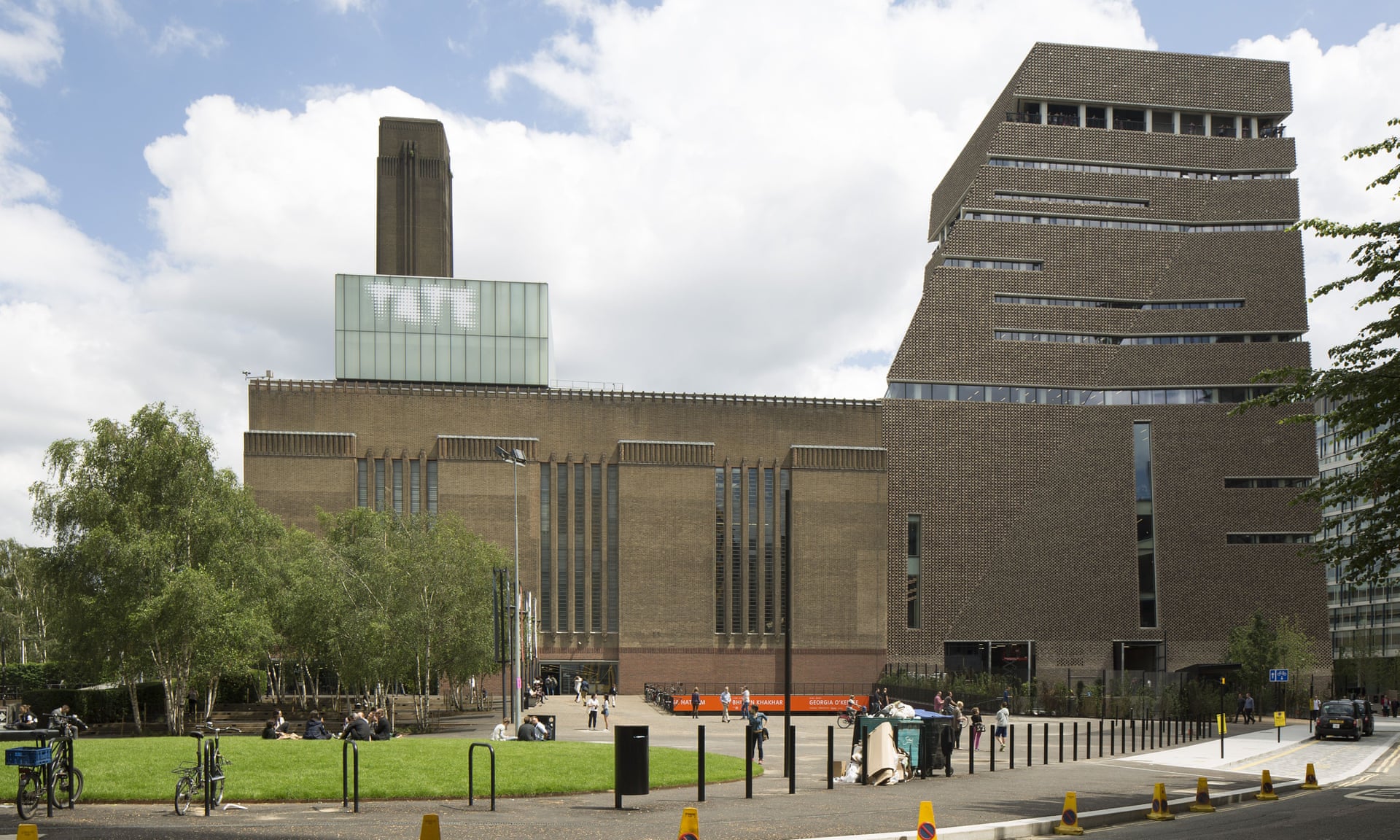 Why the Tate will no longer take donations from the Sackler family
Why the Tate will no longer take donations from the Sackler familyIn Depth The mega-rich clan and their company Purdue Pharma are under fire over controversial opioid OxyContin
-
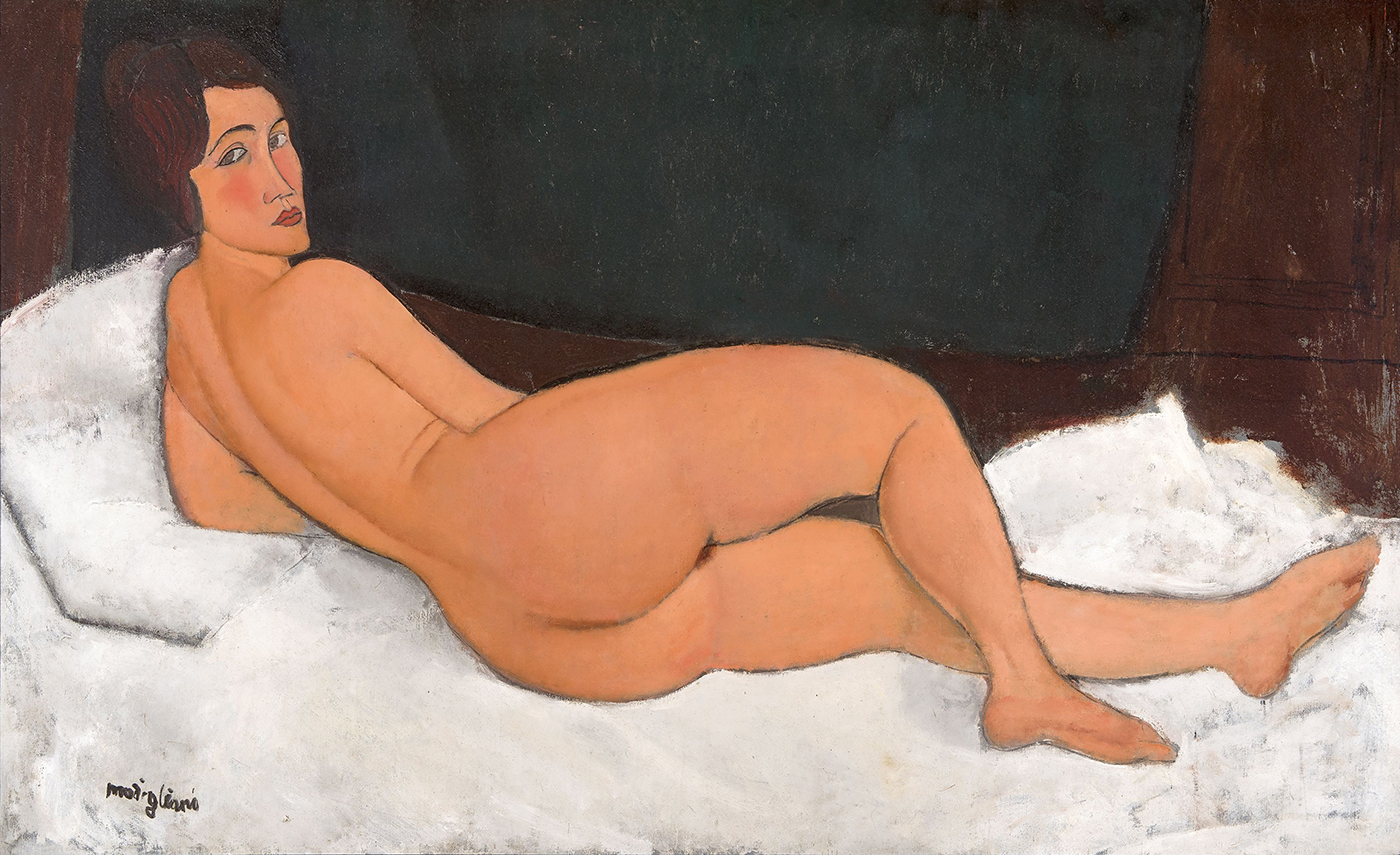 Modigliani at Tate Modern
Modigliani at Tate ModernThe Week Recommends Assistant curator Emma Lewis on the Italian painter's life and how his story resonates through this new exhibition